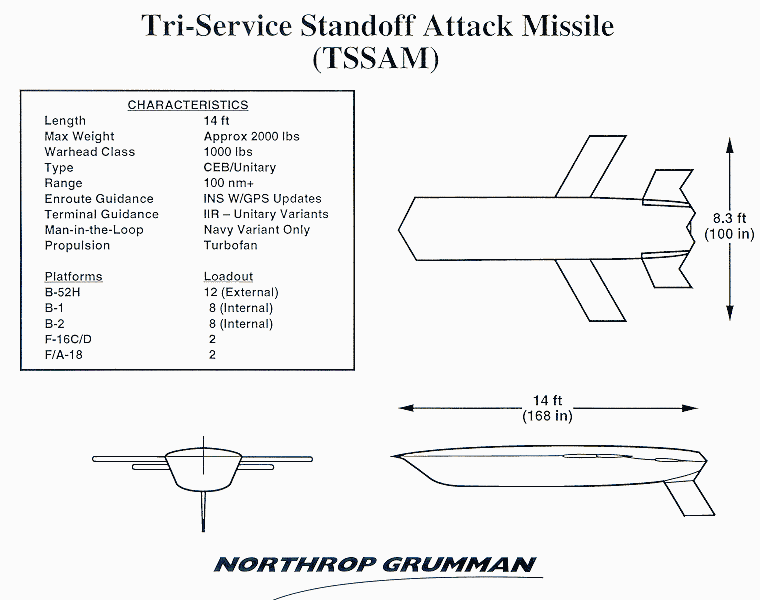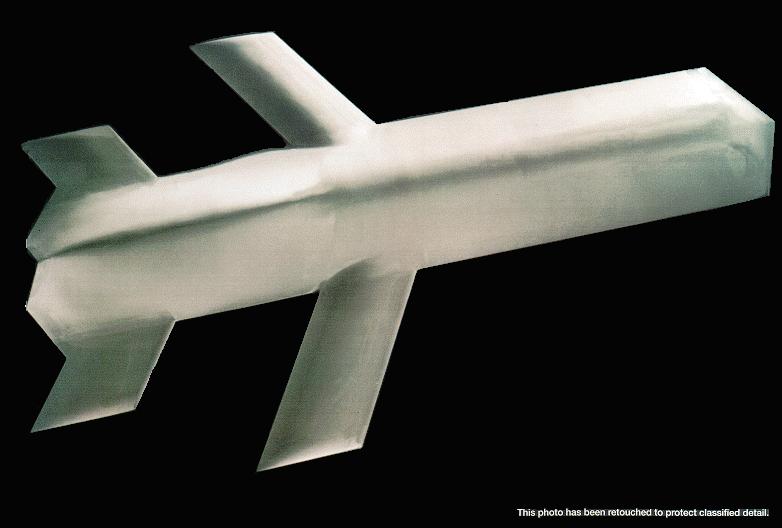




TSSAM was touted as the most silver of bullets because of its low observability capability.
Northrop Aircraft Division's cost/schedule control system did not provide the Government with reliable data and the data was not promptly submitted; therefore, the Joint System Program Office could not effectively measure the contractor's performance or use the cost data to make informed management decisions. Management of TSSAM Program funds was fragmented among the three Military Departments, resulting in an awkward budgeting process, funding shortfalls, and delays in program and contracting decisions.
The system had significant development problems, and estimates of the unit cost in production were unacceptably high. That made it a logical candidate for cancellation. After the TSSAM procurement unit cost increased from an estimated $728,000 in 1986 to $2,062,000 in 1994 (then-year dollars), the Department of Defense (DOD) terminated the program. On 09 December 1994 the Secretary of Defense announced cancellation of the TSSAM program. DEPSECDEF Program Decision Memorandum (PDM) IV, 16 Dec 94, canceled the TSSAM and associated contracts. Many TSSAM program specifics remain SECRET -Special Access Required per the 31 March 1993 Program Security Guide. Following a comprehensive reassessment of force requirements, the Air Force and Navy agreed they urgently needed an affordable missile with most of TSSAM's characteristics. They proposed a joint program that would build upon the lessons learned from TSSAM and more recent programs that use new acquisition approaches. On September 20, 1995, the Principal Deputy Under Secretary of Defense for Acquisition and Technology approved the initiation of the JASSM program, under Air Force leadership. The publicly released retouched photo of TSSAM revealed the vehicle's stealthy shape, but little of engine ports or sensors.

Specifications | |